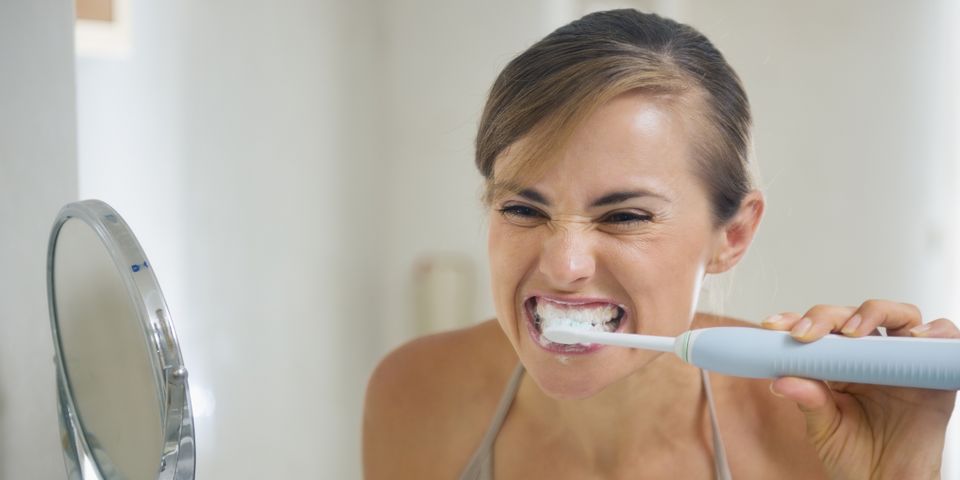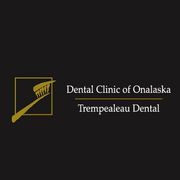
If recent toothbrushing sessions resulted in bleeding gums, it's essential to find out why. Many people scale back on teeth cleaning when their gums bleed because of related pain and discomfort. However, doing so worsens the problem. Learn more about bleeding gums below to help determine what your current dental needs are.
A Quick Guide to Bleeding Gums
What Causes Gums to Bleed?
Bleeding after teeth cleaning can have a simple explanation, such as brushing too hard with a medium- or hard-bristled toothbrush. Aggressive brushing tears into the gum tissue, eventually causing it to recede and expose sensitive tooth roots. Bleeding can be due to flossing, as it takes the gums time to get used to the filament. Pressing down too hard with floss can cause gum bleeding as well.

Other reasons for bleeding gums include dental restorations that do not fit or break, resulting in contact with gum tissue. Dentures that do not fit well create similar problems, while pregnancy-related hormone changes can cause pregnancy gingivitis that typically clears up post-birth.
Gingivitis that is not hormone-related also causes gums to bleed. It's the reversible precursor to gum disease that occurs when bacteria and plaque build up along and under the gumline, and includes gum inflammation and sensitivity issues in addition to bleeding. Without daily brushing and flossing, and twice-annual deep teeth cleanings from a dentist, gingivitis advances into gum disease. As the gums pull away from tooth roots, they create “pockets” that allow bacteria to accumulate, causing further irritation and recession.
How Can I Brush Comfortably?
Talk to your dentist about the proper way to brush, such as holding the implement at a 45-degree angle to clean the top and sides of teeth, as well as along the gumline. Use a soft-bristled brush and gentle circular motions and brush for two minutes twice a day to prevent bacteria and plaque from building up. Plaque is a sticky biofilm that forms when mouth bacteria feed on sugary food particles and eventually hardens into tartar that contributes to gum recession and discomfort.
If you still have issues with bleeding gums, consider switching to an electric toothbrush and water flosser that do the work for you, which avoids back-and-forth cleaning motions that can erode gum tissue as well as tooth enamel. For persistent problems, see your doctor or dentist to identify the exact cause, such as a vitamin C deficiency or another health issue.
Schedule a professional teeth cleaning and exam with Dental Clinic of Onalaska to determine what is causing your gums to bleed. The family dental practice has served the Onalaska, WI, area since 1993 and offers a comprehensive range of general and cosmetic dentistry services. Call (608) 783-3341 to make an appointment or learn more about their services online.
About the Business
Have a question? Ask the experts!
Send your question

